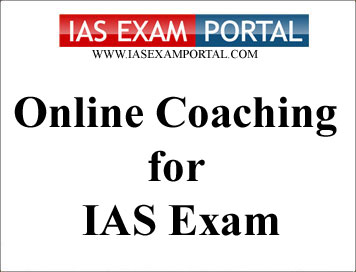(HOT) UPSC Current Affairs 2025 PDF
NEW! The Gist (NOV-2025) | E-BOOKS
(Sample Material) CSAT Online Coaching : Logical reasoning and analytical ability "Statement and Conclusions"
Sample Material of Our Online Coaching Programme
Subject: Logical reasoning and analytical ability
Topic: Statement and Conclusions
Directions (Q. Nos. 1 to 4) In each of the questions given below, one or more statements is/are followed by inferential conclusions. The conclusion, which can be derived without supposing anything else ie, without adding anything extra to the statement (s), is your answer.
1. Statement:
The Education Secretary said that it was extremely necessary that the professional reserchers along with practicing school teachers conduct the practical research,
Conclusions:
(a) Practicing teachers know the technique of reserch.
(b) Professional researchers are
quite aware of the problems related to the school education.
(c) Education Secratary was speaking
to the school students.
(d) School education is quite a
specialised field and so long as tether is not trained, the standard of
education cannot be qualitatively better.
2. Statement:
Vehicular source contributes 60% to the total pollution level of Delhi, as informed in the Rajya Sabha today.
Conclusions:
(a) The court has ordered that the main source of
pollution should be identified.
(b) The problem of pollution is high in the work
list.
(c) In the other cities also, vehicular source
contributes around the same percentage level of pollution.
(d) This matter was raised first in the Lok Sabha.
3. Statement:
PVC shoe producers union has welcomed the announcement of the relief on production surcharge from ` 50 per pair to ` 75 per pair.
Conclusions:
(a) All PVC shoe producers are members of this
union.
(b) Relief on production surcharge to ` 50 on every
pair to shoes, had been given only recently.
(c) Union had demanded an increase in relief
(d) Govt. will collect more production surcharge.
4. Statement:
There are chances of hike in the electricity tariff soon. This proposal will bring about a sharp increase for the industrial consumers and marginal increase for the domestic consumers.
Conclusions:
(a) At present there is a disparity
in the electricity tariff between the domestic and the industrial consumers.
(b) Industrial consumers consume
more electricity than the domestic users.
(c) Consumption of electricity by
the industrial consumer is comparatively lower than the domestic user.
(d) After this hike, the electricity
board will start making profit.


